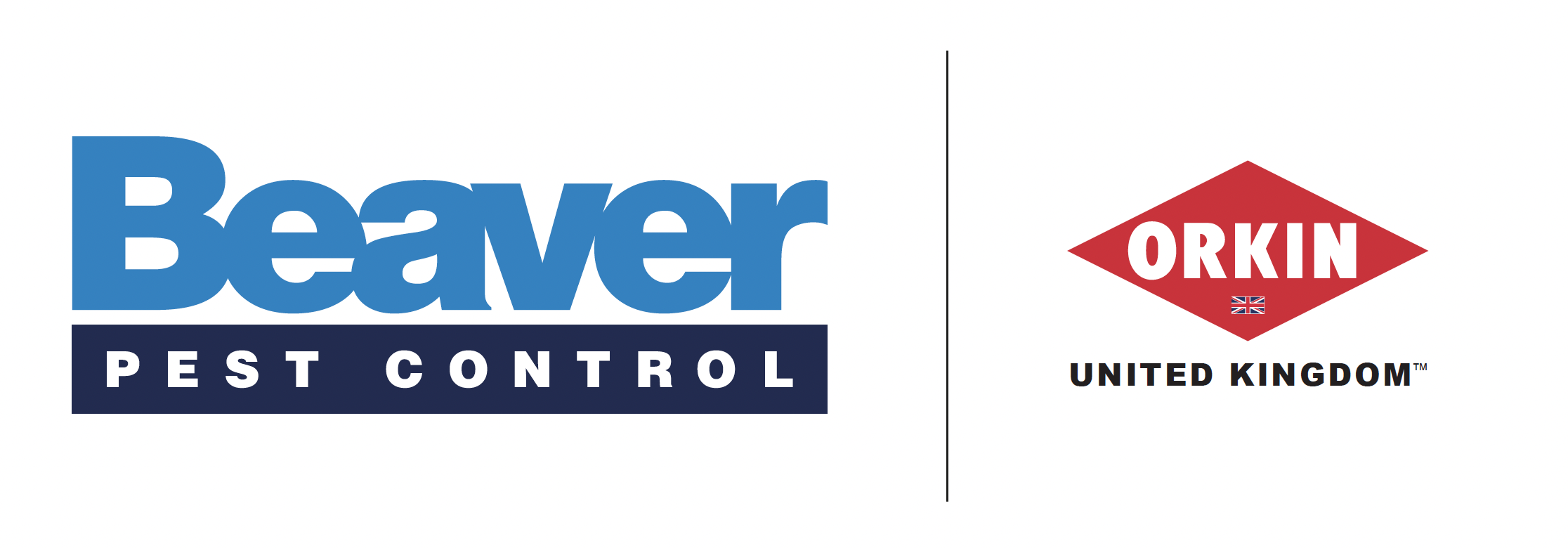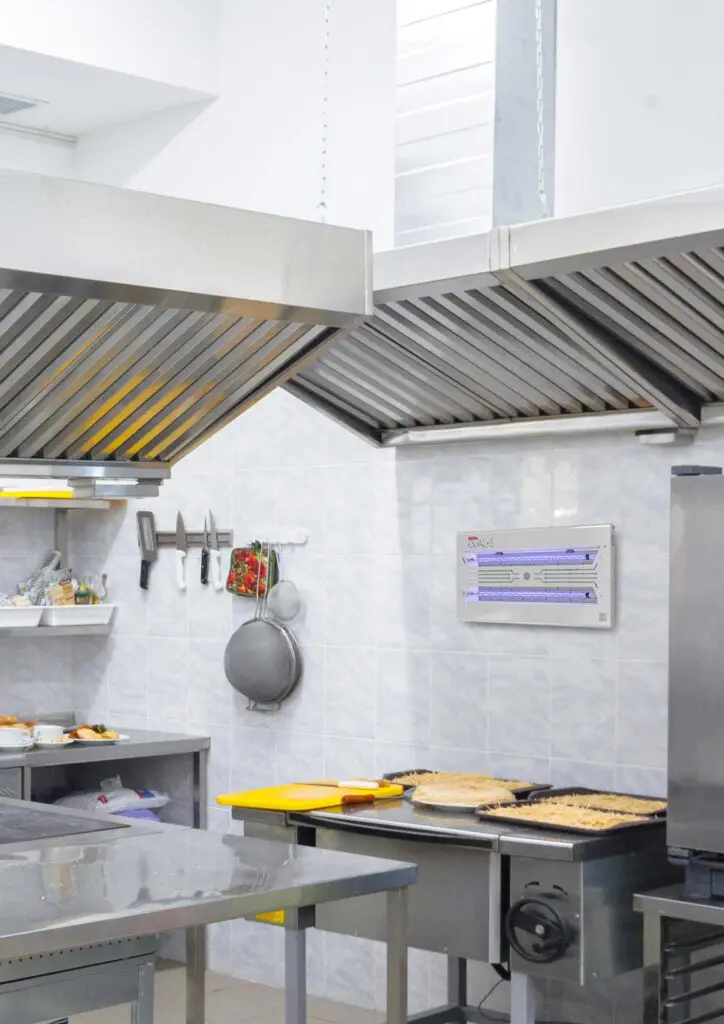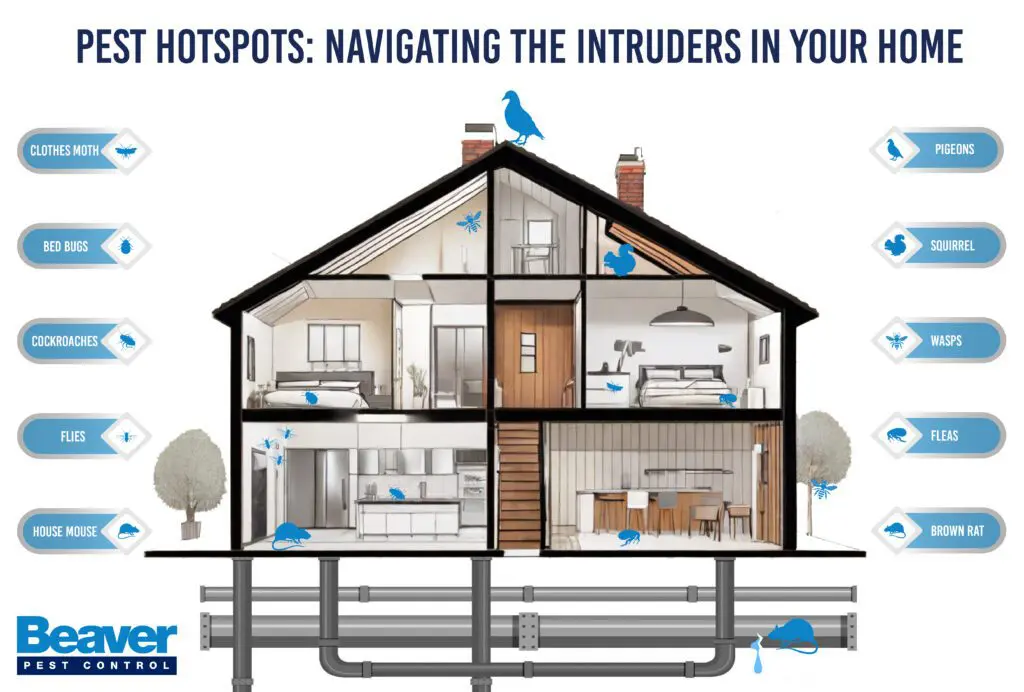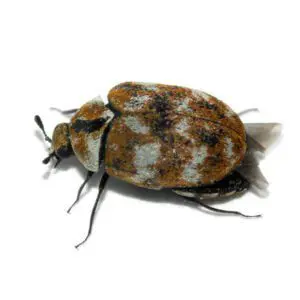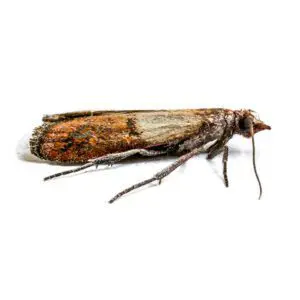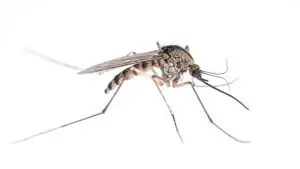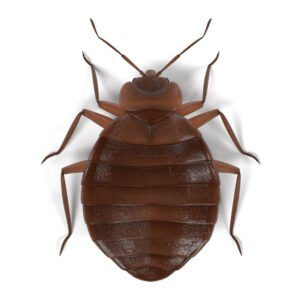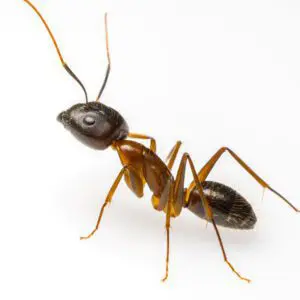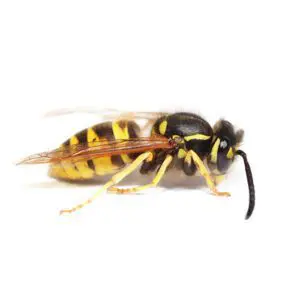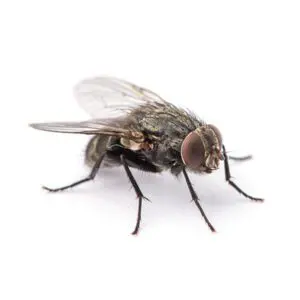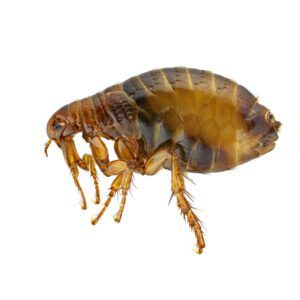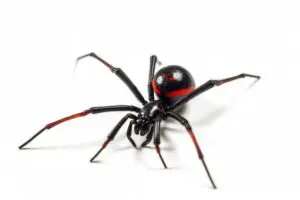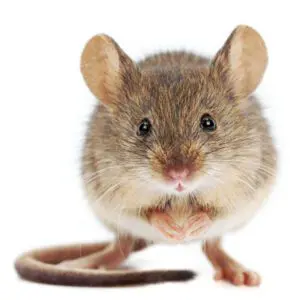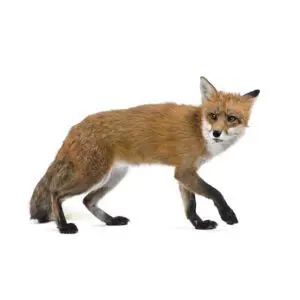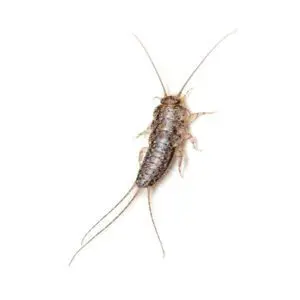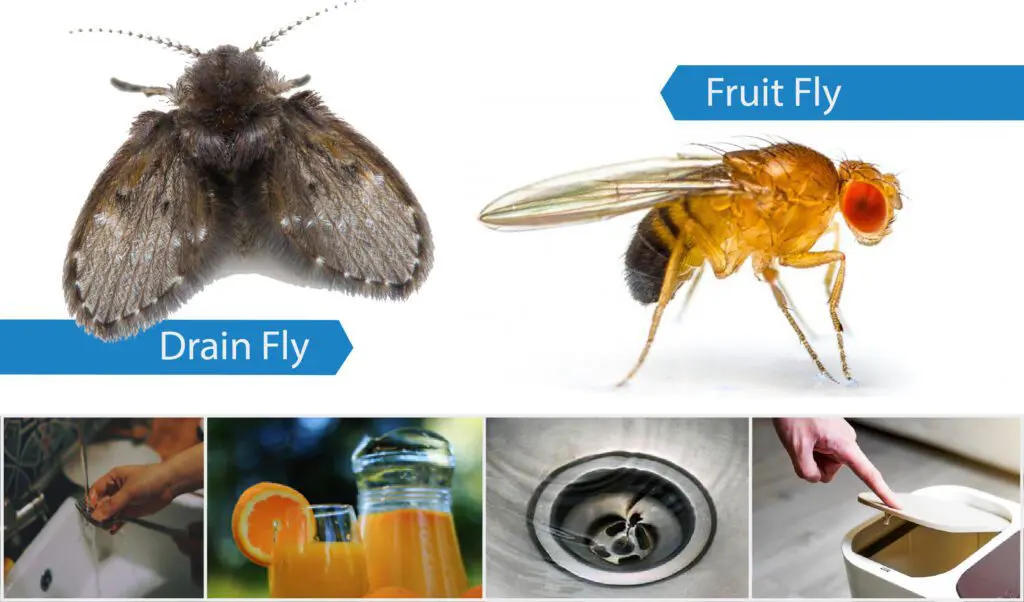Lighting the Way: Top 5 Electronic Fly Killers
In the ever-evolving landscape of pest control, staying ahead of the game is crucial. One aspect that has seen significant advancements in recent years is the use of Electronic Fly Killer (EFK) units.
This blog will explain how these devices work. It will discuss the switch from fluorescent bulbs to UV LEDs. It will also highlight legal updates. Additionally, it will present our top 5 EFK units.
Understanding EFK Units:
Electronic Fly Killers, or EFKs, have been crucial in for pest controllers for many years. These devices attract flying insects using UV light.
Electric fly killers protect places where food is prepared and high-risk fly areas. The UV light emitted by the EFK attracts the pests into the unit, where they come into contact with either an electrified grid or a sticky board, effectively eliminating them.
The Shift to LED Lighting:
Recently, many industries have switched from old fluorescent bulbs to Light Emitting Diode (LED) technology. Technological advancements and legal changes drive this transition, aiming to enhance energy efficiency and reduce environmental impact. In the next two years, the old-style fluorescent EFK tubes will no longer be for sale. Many older EFK units will need replacement or retrofitting to accommodate newer LED bulbs.
Legal Changes and Environmental Benefits:
Authorities are implementing regulations to phase out traditional fluorescent bulbs in favour of more energy-efficient options, including LEDs. LED lighting not only consumes less energy but also has a longer lifespan, reducing the need for frequent replacements.
The environmental benefits of LEDs extend beyond energy efficiency. LEDs are safer for humans and the environment than fluorescent lights because they do not contain harmful elements such as mercury. As a responsible pest control company, Beaver Pest Control aligns with these environmental initiatives, promoting sustainable practices within the industry.
Top 5 Electronic Fly Killer Units with UV LED Bulbs
- Chameleon® Qualis
- Chameleon® Sirius X
- Chameleon® 1×2 Discretion
- Titan 300
- ON-TOP PRO X
Chameleon® Qualis
The Chameleon® Qualis establishes a new benchmark for energy-efficient and sustainable fly control with its sleek, contemporary design. This equipment, designed primarily for the food and packaging industries as well as industrial kitchens, is both attractive and technologically advanced.
Key Features:
- Quantum X LED Filament Tubes: Fitted with next-generation Quantum X LED filament tubes, boasting FEP shatter-resistant coating as standard. Ideal for glass exclusion zones.
- Extended Light Distribution: Quantum X technology ensures an extended pattern of light distribution, enhancing the unit’s efficiency.
- Dual Chassis Options: Available with white-coated steel or 304 food-grade stainless steel chassis, providing flexibility for various environments.
- Annual energy savings of up to £66 per year compared to current EFK models.

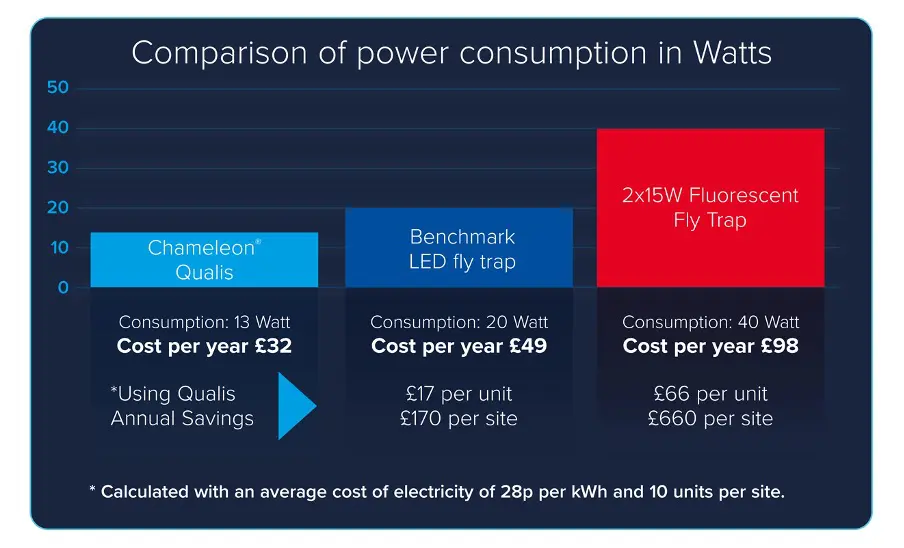
Chameleon® Sirius X
The Chameleon® Sirius X is the top-tier fly control unit designed for sophisticated front-of-house use. With its sleek design, this unit easily fits into restaurants, cafes, or hotels, combining style with top-tier functionality.
Key Features:
- Quantum X Shatterproof Tubes: Fitted with two Quantum X shatterproof tubes for enhanced durability and efficiency.
- LED Range Glue Board: Designed with a dedicated LED range glue board, contributing to energy savings and sustainability.
- Dual Wall Mounting Options: The Sirius X offers flexible wall mounting, either horizontally or vertically, adapting to various spaces.
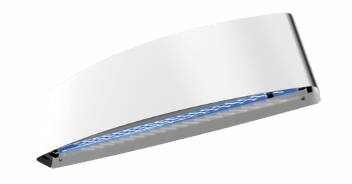
Chameleon® 1×2 Discretion
Discover discreet and efficient fly control with the Chameleon® 1×2 Discretion. This slim, wall-mounted unit offers a free-standing bracket option, providing flexibility in placement. The appealing front cover hides the sticky board and catch, making it a great choice for public areas where looks are important.
Key Features:
- Discreet Design: Slim and wall-mounted, with a free-standing bracket option for versatile placement.
- Attractive Front Cover: Conceals the sticky board and catch, making it perfect for areas in view of the public.
- Enhanced Features: Offers similar features as the standard 1×2 model, with added discretion.
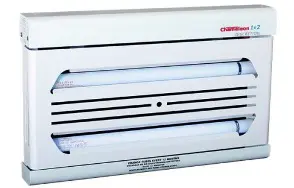
Titan 300
The Titan 300 is a sturdy all-metal unit that delivers outstanding fly control performance. Its wrap-around chrome guard ensures 360° protection. This device, built to tackle high fly infestations, is strong and adaptable, making it suited for bigger areas and a variety of commercial applications.
Key Features:
- 360° Protection: A wrap-around chrome guard ensures comprehensive fly control performance.
- High-Performance Transformer: Equipped with a high-performance transformer for enhanced efficiency.
- Multiple Mounting Options: Versatile installation with options for wall mounting, ceiling suspension, or freestanding placement.
- Tool-Free Servicing: Easy and fast servicing without the need for additional tools.
- Adaptable Design: Can be modified to operate as a cluster fly unit by removing the tray.
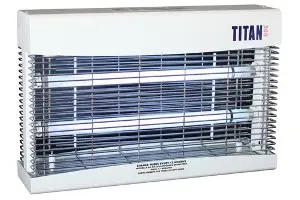
ON-TOP PRO X
The ON-TOP PRO X is an innovative, discreet, and stylish fly trap designed for ceiling installation in both new and existing suspended ceilings. These LED models solve the challenges of space limitations, making them the perfect solution for supermarkets, convenience stores, fast-food outlets, and areas where conventional installations are impractical.
Key Features:
- Unique Overhead Design: Fits discreetly and easily into new or existing suspended ceilings.
- Patented Concept: Ideal for spaces with limited room, providing a practical solution for challenging installations.
- Quantum X Shatterproof Tubes: Both models are equipped with two Quantum X shatterproof tubes for efficient fly control.
- Large Polished Aluminium Reflector: Enhances the efficiency and economy of controlling flying insect infestations in public spaces.
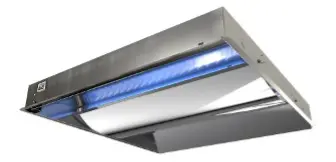
Beaver Pest Control leads the way with innovative EFK solutions that meet regulatory standards and promote a sustainable and efficient approach to pest management. Illuminate your space while safeguarding it from unwanted pests with our top-of-the-line EFK units.
Talk to our experts about the right Electronic Fly Killer for your business. Get rid of flies with these eco friendly led fly killers.
Call us today on 020 8355 3443.
